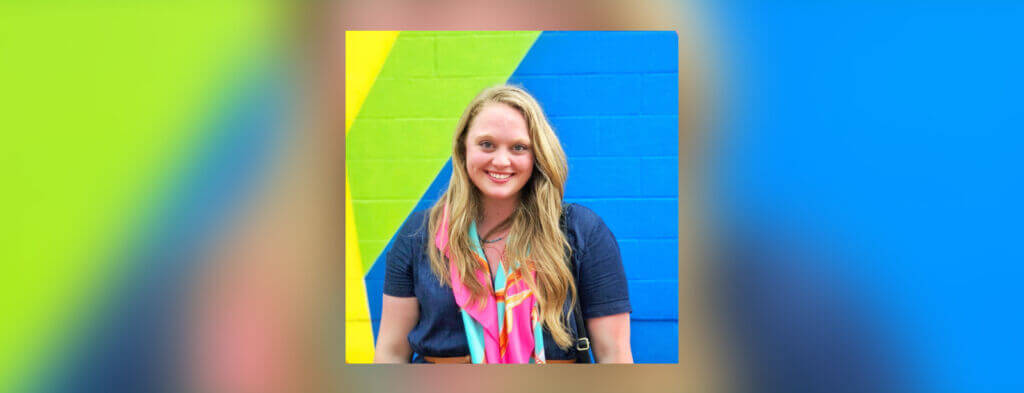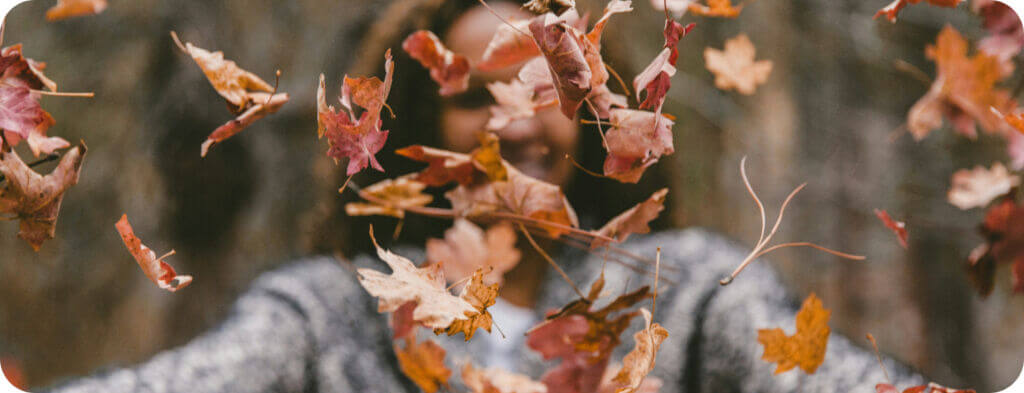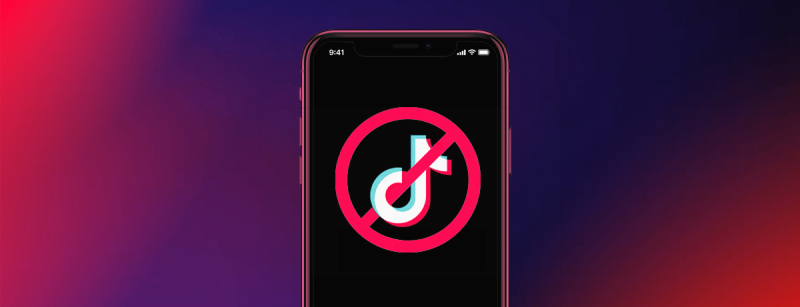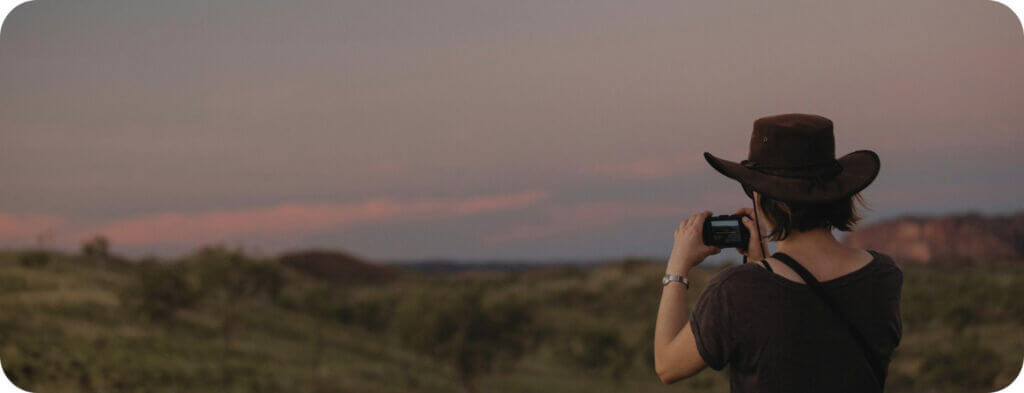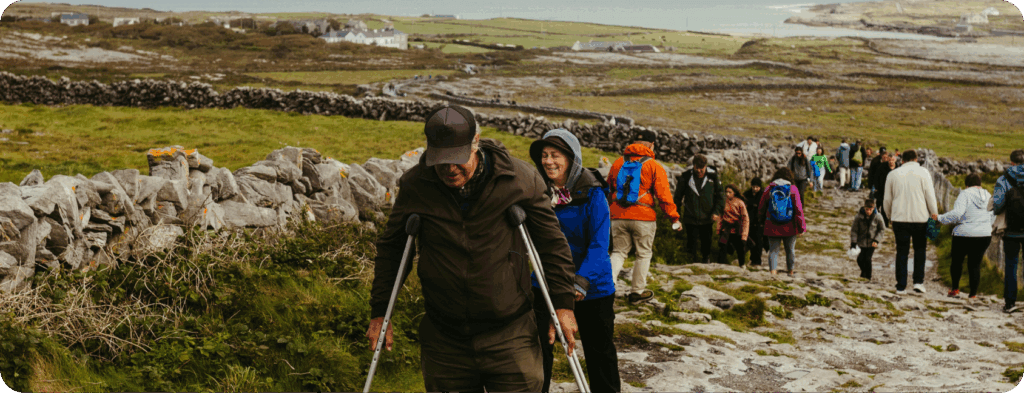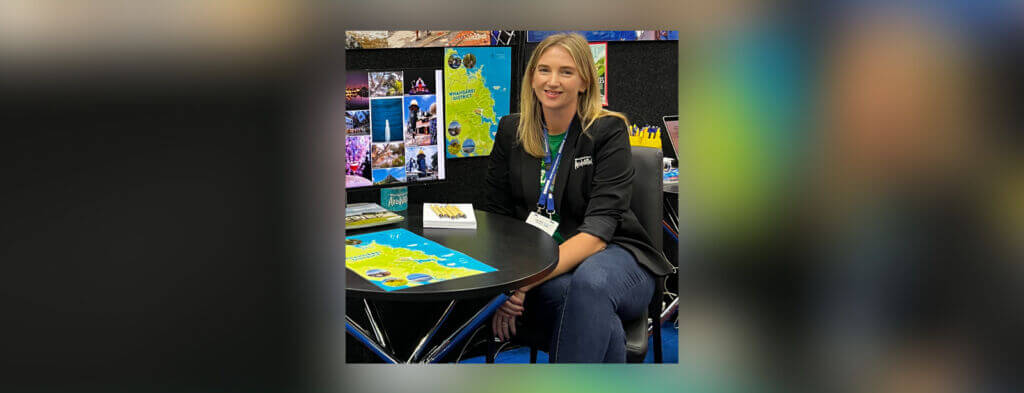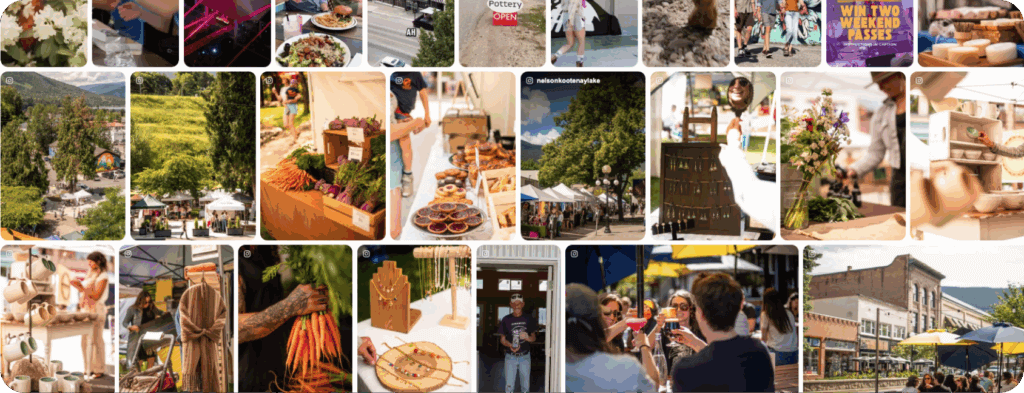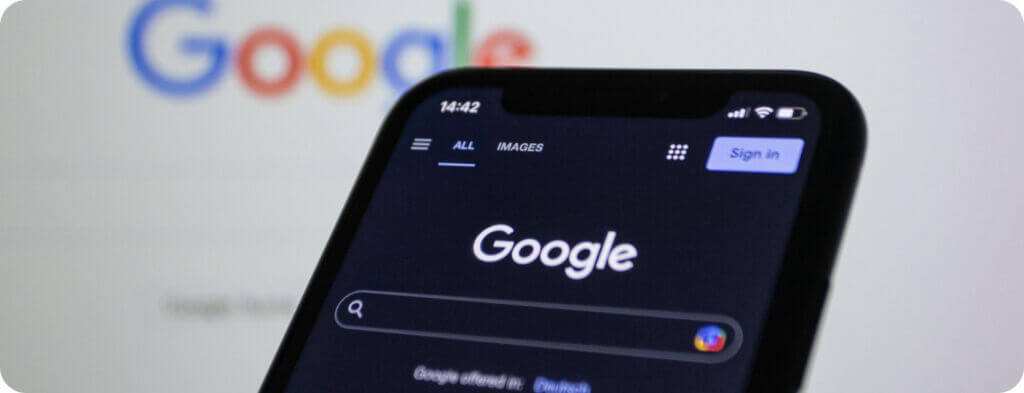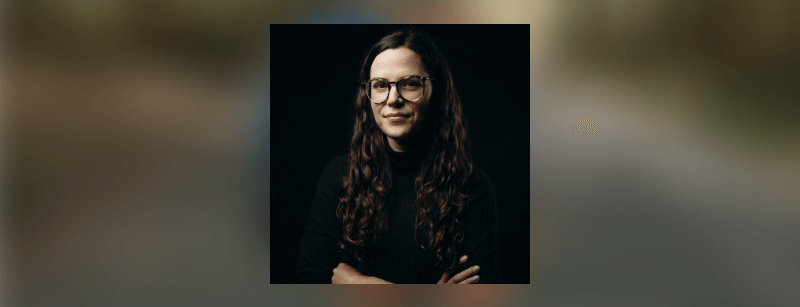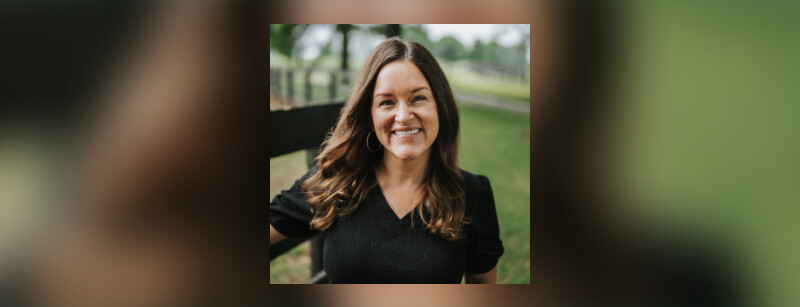A museum posts a photo of something from their collection. It’s a striking painting, and its vibrant colors jump off against the white walls.
But what makes it particularly interesting is the young woman in front of it. She’s swayed to the side, inspecting, admiring.
Her presence in this photo is compelling. You might wonder: “What does she see, and what is she thinking? How is she connecting with this piece?”
This photo now captures not just the painting itself, but the experience of the visitor that took it.
This is a user-generated photo — a photo one of this museum’s visitors have taken themselves. The scene is unposed and real.
That’s just one example of the way user-generated content can transform the way museums can captivate and engage visitors.
User-generated content (or UGC) is anything shared by customers and patrons about an organization — from reviews on Yelp, or photos on Facebook, Instagram, Twitter, and beyond.
Reposting and sharing the UGC photos on your museum’s social media profiles and website, and in ads and print brochures (with permission), is an excellent way not just to showcase current exhibits and galleries, but also to reveal how visitors are authentically interacting with and enjoying their experience.
The “real time” feel of UGC allows potential customers to see themselves in the role of museum patron, and makes it easier for them to decide to learn more about you, and even pay your museum a visit to experience it for themselves.
So don’t be limited to simply retweeting photos on social media.
Here are 5 unconventional ways to use UGC to promote your exhibits (that you probably haven’t thought of!):
1 | Make visitors a part of the exhibit themselves
The Wellcome Collection is a museum located in London, with a unique and ingenious way of encouraging its visitors to become a part of the exhibit themselves.
Wellcome invites its visitors to share their thoughts on the permanent Wellcome Medicine Man exhibit on social media, with the prompt “This makes me feel…”, and the hashtag #MuseumFeels. Museums staff prints out and display their favorite responses from Instagram on clipboards inside the exhibit.This works in two ways:
- It captures an experience and makes that a part of the exhibit
- It inspires visitors to share photos of it with their reflections on social media, building buzz around the exhibit as a result
The prompt, “This makes me feel…” also invites creativity, reflection, and even humor — making the responses a wonderful addition to the exhibit.
2 | Use UGC photos as an anchor for promotional text
Do you have an exhibit going on that you’d like to promote?
Try taking a leaf out of the British Museum’s playbook. They regularly share photos taken by visitors, with additional explanations about the exhibits and architecture:
Offering a back story like this doesn’t just give followers an insider’s look at the history of the museum and its many impressive exhibits, but also uses authentic imagery created by patrons to showcase what visitors are finding most fascinating and beautiful.
If you want to promote an exhibit (or any element of your museum) on social media, use a visitor photo, and tag your promotional text into the caption. You’re bringing your customers into the loop, and that’s proven to make your promotions 28% more effective.
3 | Incorporate UGC photos into each exhibit page on your website
How many exhibits do you host each year? And how many professional photos do you take for each?
Commissioning photography can get expensive — but your visitors are already taking countless photos at each of your exhibits. And each of their photos bring a different, unique perspective to your museum.
You can take advantage of this collection of photos by showcasing a gallery of user-generated photos on each exhibit page. This is something that the Children’s Museum of Indianapolis and the Connor Prairie museum do really well (which we’ve shared in this blog post).
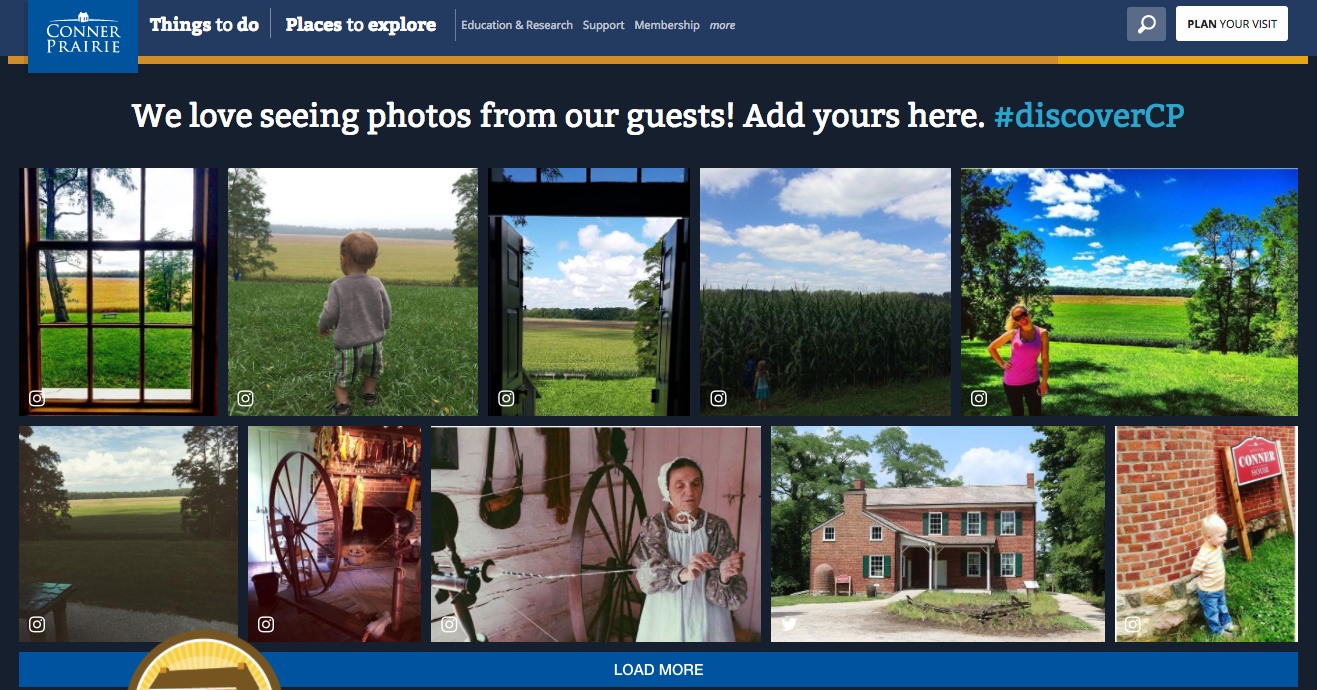
Visitors are generally happy to give photo rights to the organizations they’re excited about (so long as they ask). This means that each exhibit gets a multitude more visual content for web visitors to explore.
What’s more, stats show that “70% of consumers trust online peer reviews and recommendations more than professional content and copy” — so a strategy like this serves to both strengthen your existing visitor relationships, and convince new visitors to come visit.
4 | Hype up new collections/exhibitions through influencer meetups
Getting ready to unveil something new? Inviting influential Instagram personalities and bloggers to check it out is a great way to create more promotional UGC around your brand.
Photography used to be discouraged in museums when it was believed to detract from the experience, and reveal key points of exhibits patrons would have otherwise had to pay to see. But, the Guggenheim Museum in New York City devised an ingenious way to encourage photography, while also maintaining an air of exclusivity and intrigue.
The museum organizes meetups of social influencers and members just before the big reveal of a new exhibit, as a preview. There are only about 20 “Instagram influencers” allowed, who are given free reign of the halls to snap photos, and create UGC that will be seen by millions, and attract new patrons to come explore the exhibit for themselves.
5 | Use UGC in your out-of-home ads
While UGC usually lives online (like a photo on Instagram), if you ask for permission from the owner of the image, what’s stopping you from using these images in your tickets, brochures, or subway posters?
Most of us don’t think to use UGC in print, and that’s a missed opportunity! 93% of consumers find UGC helpful when making a purchasing decision — and out-of-home ads reach an offline audience.
User-generated content’s effectiveness doesn’t stop when its taken offline. For example, “in a case study run by [yogurt company] Chobani, UGC shared across websites, billboards, and social media resulted in a 225.9% increase in revenue between 2009 and 2010.
Adding UGC (with permission) to “real world” ads is a great unconventional way for museums to show off what people are saying and sharing about you through a different medium.
You can start being innovative with user-generated content
While the common strategy of “find and repost images shared by your audience” works — there are just so many more creative ways to use UGC to promote your museum.
At the end of the day, its is an opportunity for you to encourage participation, engagement, and — most importantly — joy and fascination with your community.
So take these 5 examples, and start getting inventive yourself with user-generated content!


